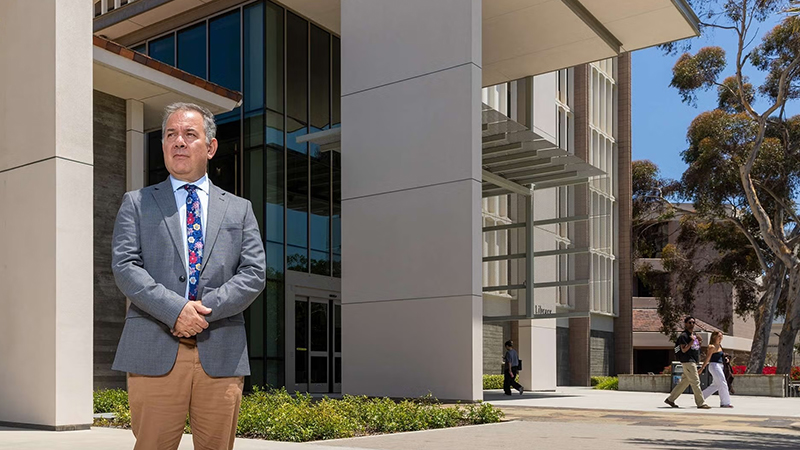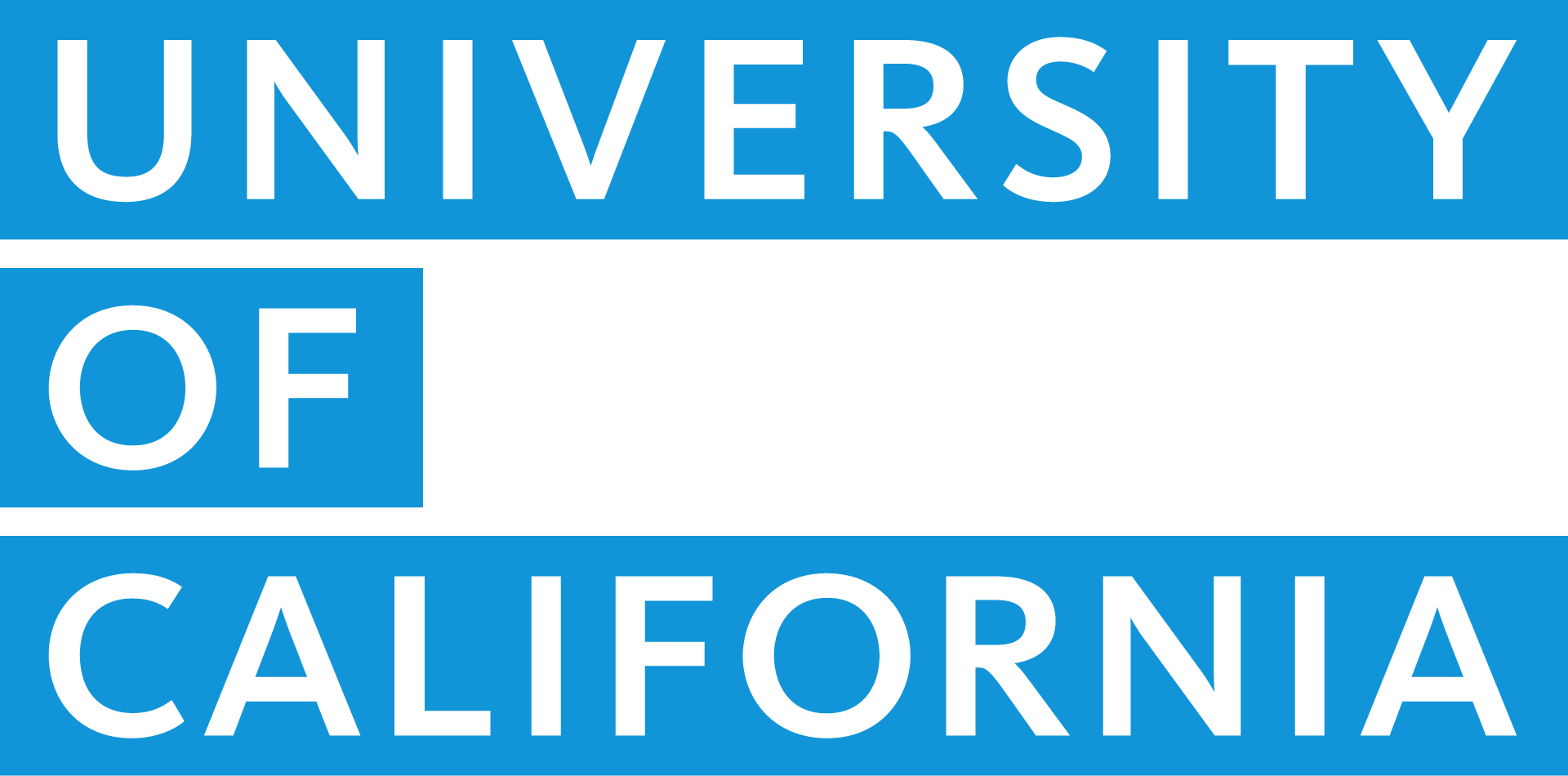UC People: Todd Grappone, lifetime library afficianado
Share This Article

By Keith Hamm, UC Santa Barbara
Born on an Army base in West Germany and raised across a dozen U.S. states, Todd Grappone grew up never knowing how long he’d stay in one place or how many new friends he would make before his family’s next move. Amid the uncertainty, however, he soon found a source of stability, discovery and a sense of belonging — libraries.
“A library is a very welcoming place,” said Grappone, UC Santa Barbara’s new University Librarian. All libraries, he added, share certain qualities. Among the books — and many other physical and digital resources — there is peace and stillness and the opportunity to explore new places in the world, acquaint oneself with heroes of fiction and find answers to countless questions.
Naturally, the UC Santa Barbara Library is home to those classic attractions, and as a university-level learning center, its collective resource base ranks above and beyond an average public facility. Still, there’s always room to grow.
“Part of what’s drawn me here is the student population and the opportunity to just grow the library to become one of the most important aspects of campus and a center for faculty attraction and retention,” he said. “I’m bringing all of my experience to ensure that it’s the best service provider it can be.”
Before arriving at UC Santa Barbara this summer, Grappone held leadership positions at UCLA Library for 15 years, responsible for management, policy and planning across multiple departments. He served as the Associate University Librarian (AUL) for Digital Initiatives and Information Technology, Research, and Development and in 2023 was named Interim AUL for Collections, the Data Science Center, and Resource Acquisitions & Metadata Services, which included oversight of Scholarly Communications. He worked to develop and oversee many large-scale initiatives in digital preservation and post-custodial community archives, including global cultural heritage preservation programs such as the Modern Endangered Archives Program, the International Digital Ephemera Project, and the Sinai Palimpsest Project, which used cutting-edge imaging technologies to reveal texts not seen for centuries. Most recently, he built a project to preserve damaged medieval manuscripts in hidden collections in Europe.
“We were impressed by Todd’s depth and breadth of knowledge and his experience,” said UC Santa Barbara history professor Beth Digesar, who served on the library’s search committee. “He understands UC bureaucracy and he’s familiar with budget challenges, and we thought that he would collaborate easily and effectively with colleagues within our library, across the UC system, and even internationally, given his many existing connections. He struck us as being effective and flexible, thoughtful and authentic; and we valued his strengths in data science and digital humanities coupled with his strong commitment to collections and physical materials.”
“I think that the library leadership here at UC Santa Barbara is the best,” Grappone said. “They’re fantastic, and I really wanted to work with them.”
In the mid-1990s, right around the time Grappone was earning an advanced degree in library science from the University of Pittsburgh, network technology was on the rise.
“I’m of the opinion that libraries have been really good about keeping up with technology,” he said. “I think the bigger challenge for libraries is changing how people on campus see and use us. A lot of folks don’t realize we’re not just about books anymore, we support things like data curation, programming, creating in physical and virtual spaces, and helping students build data fluency.”
“The library really has thrived in this area of tension between the old and the new,” he continued. “We really do need to maintain our print journal and special research collections. We’re really an information catalyst, so while books and archives are what we do, at the same time, we really do have to support digital literacies and data fluencies for campus in a way that blends it all together to maintain the academic library as the heart of any research university. Out of that tension, I think has grown just a wonderful community of inventive, creative, hardworking people.”
